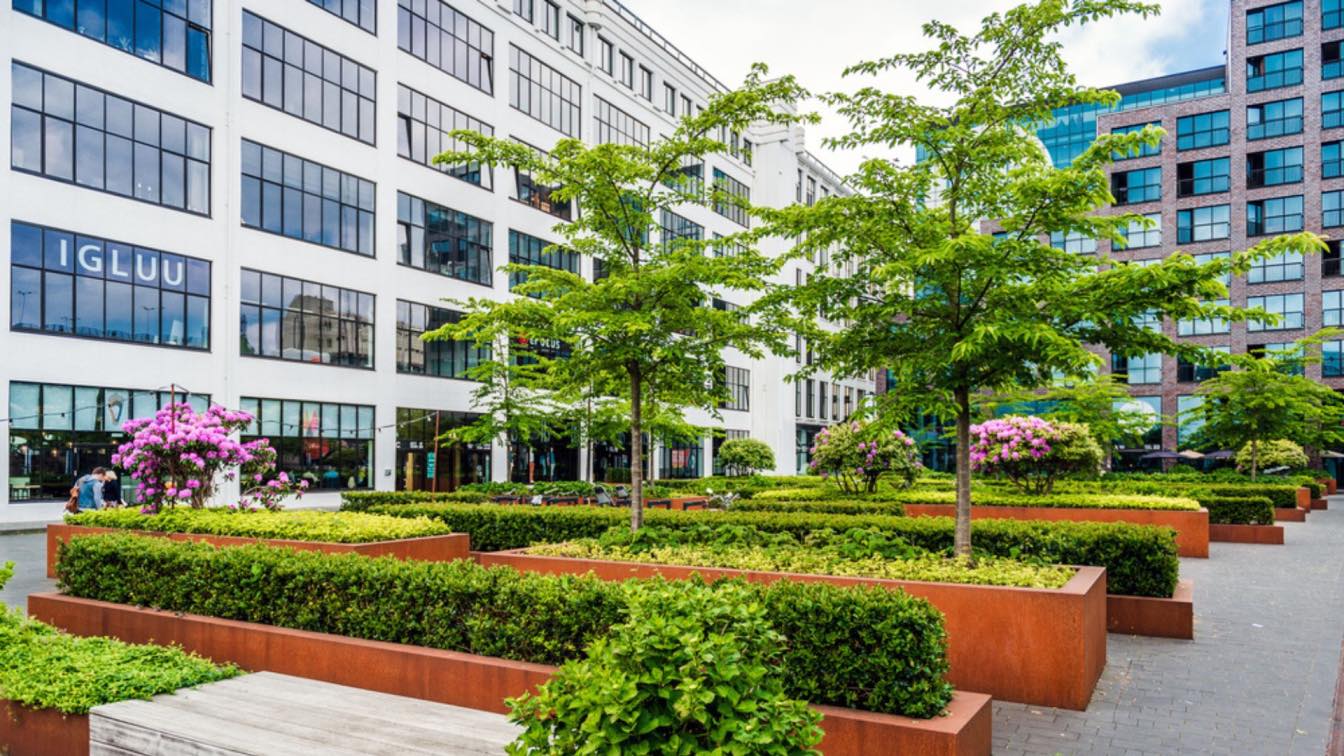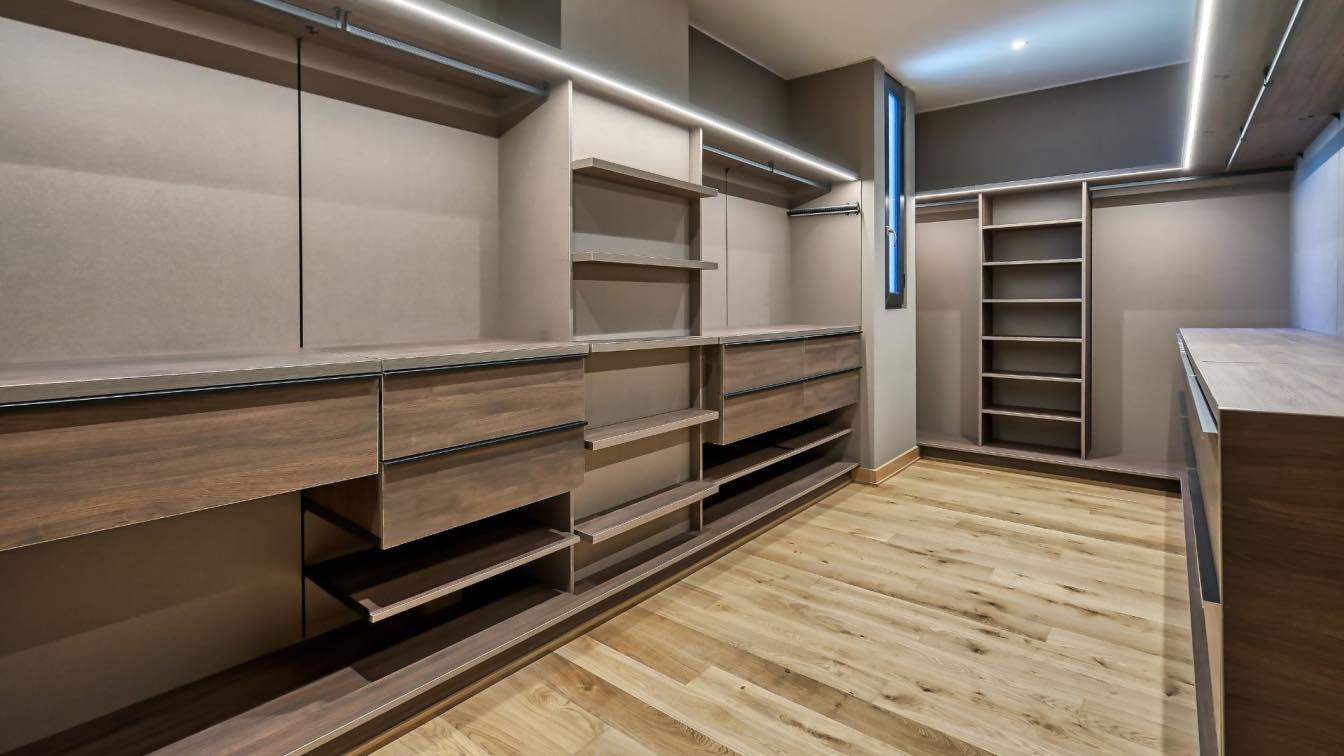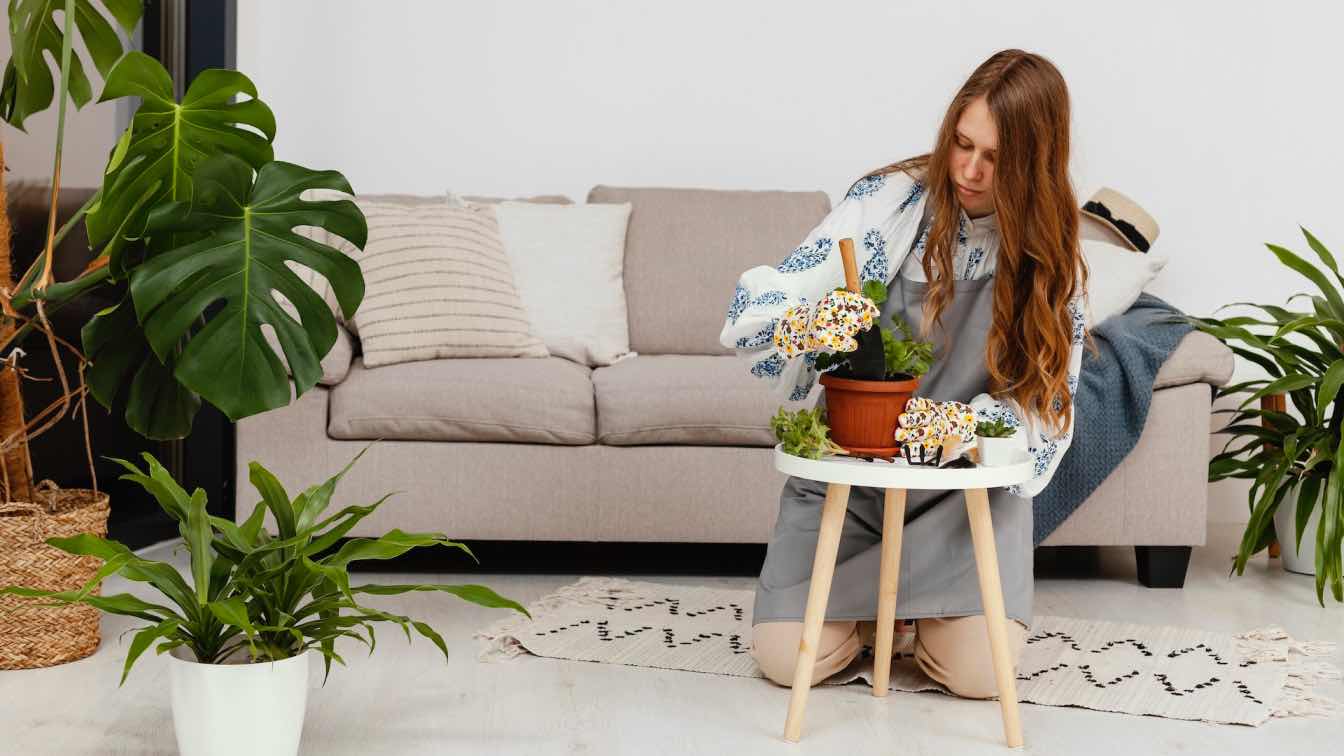Commercial landscaping is a bit different from simply putting in a flowerbed, for several different reasons. For one thing, the plants likely won’t get the kind of individualized attention that a home garden would get. For another, they should ideally not require re-planting every year in order to keep going. These and other factors have to be taken into consideration by commercial landscapers, which is why they don’t recommend just any plants. Instead, they recommend options from sites like EnterNeverland that are drought-resistant, such as the desert rose, or heat-resistant, such as the lantana.
If you’re trying to decide which plants you should include in your commercial landscaping space, the following suggestions should provide some clarity.
#1: Maiden grass
Commercial landscaping installations sometimes need to be big enough to stand out and make a statement, which is exactly what maiden grass does. It grows to several feet in height, and the plumes that top the plant are quite beautiful as well.
Even better, this plant is practically impossible to kill. It’s resistant to disease, drought, and pests such as rabbits or deer. The main concern is whether or not your state has identified this plant as an invasive species, which is the case in some states. You may be able to get past this by using a sterile species, which have been developed in response to this plant’s tendency to spread.
#2: Mondo grass
This grass is perhaps a bit less visually impressive than maiden grass, but it’s no less valued by commercial landscapers. It’s popular for use among walkways, or to fill blank garden spaces that don’t need anything as flashy as flowers. The elongated, flat leaves grow fairly close to the ground, and they can thrive in both sunny and shady areas. Owners don’t need to monitor mondo grass for pests like rabbits or deer, since it’s resistant to them. The plant does need regular watering, though, so it’s best installed in an area with its own irrigation system.
#3: Coreopsis
If you’re looking for some vibrant, long-lasting flowers, coreopsis might be the winner. Its blooming season lasts from early summer to early autumn, it’s tolerant of poor soil quality, and it doesn’t require much maintenance at any point in the year. It’s a perennial that grows both indoors and outdoors, and comes in several different shades (including red, orange, yellow, pink, and purple). These flowers are quite prolific too, so you can count on some very colorful flowerbeds if you put these plants in.
#4: Blue mist spirea
Here’s another plant that’s great for dry climates due to its drought- and heat-resistant qualities. Also called “Bluebeard”, its blue flowers will brighten your landscape year after year. It likes both sunny and partly shady spots, and doesn’t need that much maintenance aside from seasonal pruning. Without this, the plant won’t grow as much, or stay as strong.
#5: Barberry
Given how low-maintenance this shrub is, it’s perfect for commercial properties. Not only does it offer a pop of color to the landscaping, but it’s also extremely resilient to environmental conditions that would be stressful to other plants. From drought, to shade, to a variety of soil types, it’s adaptable to them all. You will need to provide occasional pruning to remove dead leaves, as well as branches that are throwing off the plant’s overall symmetry. Aside from that, though, the barberry shrub can be left to do its own thing.
Top considerations when choosing plants for commercial landscaping
Have you ever seen a landscaped space that just…didn’t work? Maybe half of the plants were dead, or the balance seemed way off. Whatever the case, it’s obvious that these spaces fell victim to poor planning.
When developing a commercial landscaping space, there are several things to take into account. These include:
- Above-ground obstructions – Wires, signs, or other obstructions will have to be planned around. They may have to be given some space, or they could be masked behind some well-placed plants. Whatever the case, the plants around these obstructions should work in harmony with them.
- Competition from other vegetation – No landscaped area exists in a vacuum, so you should ask yourself how surrounding vegetation will affect your plants. For example, nearby vines could overtake some newly planted shrubs, or an overhanging cottonwood tree could bury a flowerbed in leaves each fall.
- Hardiness zone – If you aren’t sure whether or not a plant you like will grow in your area, look up its hardiness zone(s). This should tell you whether the plant is suited for your climate, or whether it’ll ultimately fail to grow due to unfavorable conditions.
- Soil type, compaction, and drainage – Some plants like dense soil that holds onto water, while other plants need loose, sandy soil that drains quickly. Others like loamy soil, while still others need plenty of small pebbles mixed in to give their roots more oxygen. Not all dirt is created equal, and you have to take that into account when choosing plants. Of course, this can be corrected by digging out sections of the landscaped area and putting in the right kind of soil, but that’s an unnecessarily expensive solution. A better idea would be to simply find plants that grow well in the soil that’s already there, and add fertilizer if necessary.
- Light availability, duration, and intensity – Sunlight is something you have to get right in order for any plant to grow. Some plants are adapted to full sun, while others need shade in order to thrive. Put the wrong plant in the wrong place, and you’ll end up with a dead plant.
- Water availability – Water is another thing that you don’t want to get wrong. Too much or too little water is equally bad for plants, so proper watering should be carefully planned out if you want to have a long-lasting commercial landscaping installation.
The takeaway
Commercial landscaping requires plants that are durable, versatile, and capable of handling a wide variety of growing conditions – which is why you should take the advice of experts when picking yours out!





